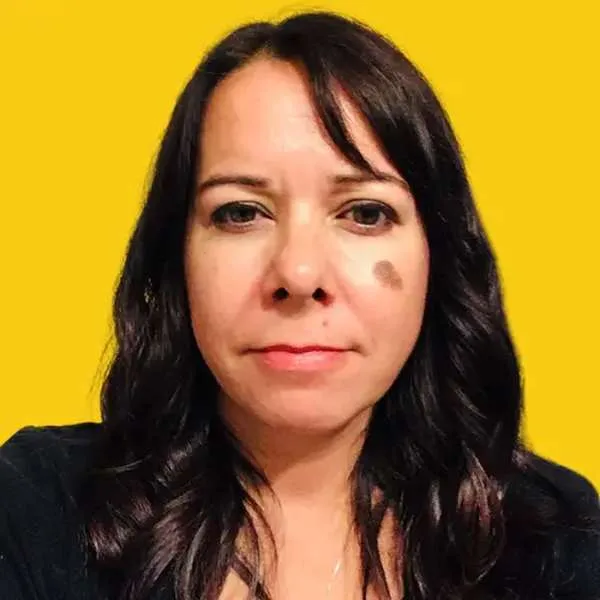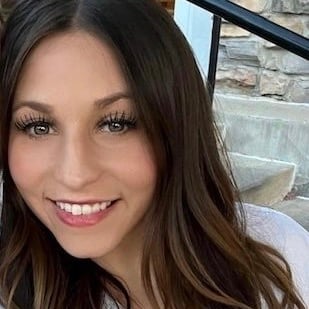If your small business needs funding, SBA loans can be a great option. Like with general small business loan down payments, not all SBA loans require a down payment, but those that do may ask you to put down at least 10% of the loan amount. Loan programs that require down payments include 7(a), 504 and CAPlines.
Are SBA loan down payments required?
Not all SBA loans require a down payment, but certain types of loans may require a down payment of 10% or more.
| Loan type | Minimum down payment required |
|---|---|
At least 10% | |
10% to 30% | |
At least 10% | |
None | |
None | |
None |
SBA loans with down payment requirements
Three SBA loan programs have down payment requirements. The basic rule is 10%, but this amount could be more depending on the borrower or loan purpose
SBA 7(a)
The SBA 7(a) loan program — the SBA’s primary business loan program — is designed for businesses that might not qualify for other types of business loans. The loans, which can be short- or long-term, are serviced by third party lenders but backed by the federal government.
To qualify for 7(a) loans borrowers must run US-based and for-profit small businesses and be creditworthy and capable of repaying the loan. There are several types of loans within the 7(a) program, and your lender can help you decide which option makes the most sense for your needs.
- Loan maximum: $5 million
- Down payment required: 10%
- Loan terms: 5 to 25 years
- Typical costs: Guarantee fees up 3.75%, service fees, funding fees, annual fees, closing costs, prepayment penalties.
- Common uses: To purchase real estate, equipment or inventory; working capital.
SBA CAPline
SBA CAPline loans fall under the 7(a) loan program and provide lines of credit for businesses in need of operating capital, funds to cover seasonal shortfalls or other purposes. The minimum borrower contribution is 10% but could be as much as 30%, depending on the circumstances.
- Loan maximum: $5 million
- Down payment required: 10%
- Loan terms: Up to 10 years
- Typical costs: Guarantee fees up to 3.75%, service fees, funding fees, annual fees, closing costs, prepayment penalties.
- Common uses: Lines of credit to address short-term and cyclical working capital needs; construction and rehabilitation of real estate for resale purposes.
SBA 504
SBA 504 loans are offered through Community Development Companies (CDCs). CDCs are community-based partners that promote local economic development and are certified and regulated by the SBA.
CDCs facilitate the loan process, which is funded in three ways: typically 50% by a third-party lender, 40% by the CDC and 10% by the borrower. Some borrowers may be required to kick in more than 10%, depending on the business and project type.
- Loan maximum: $5.5 million
- Down payment required: 10%
- Loan terms: 10 to 25 years
- Typical costs: Guarantee fees up to 0.5%, service fees, funding fees, annual fees, closing costs, prepayment penalties.
- Common uses: Expanding, replacing or purchasing real estate or heavy equipment.
Why do some SBA loans require a down payment?
Some SBA loans require a down payment because an investment by the borrower signals a more serious commitment to repay the loan. And because the borrower has a financial stake in the loan, they are considered less risky by the lender, meaning they may qualify for better interest rates and loan terms.
It’s important to note that not all SBA loans require a down payment, but if you can afford to, it’s a good idea. Not only can you qualify for better terms, but you increase your chances of loan approval by having a stake invested in the loan.
How to make an SBA loan down payment
You’ll submit your down payment to the lender that services your loan. Typically, you’ll present a cashier’s check or certified check at the time of loan closing. You may also arrange for a wire transfer of the down payment funds.
How to get the money for a down payment
There are several ways to fund your SBA loan down payment.
- Partners. If you have business partners, you may be able to pool your resources to come up with the down payment.
- Investors. Interested parties may be willing to invest in your business by advancing some or all of the down payment. But you’ll likely need to give them a stake in the business in exchange for the investment.
- Savings. If you have enough money in your personal savings, those funds can be used to make your down payment.
- Personal loan. You may be able to qualify for a personal loan to fund your down payment — just be sure you can budget for two loan repayments each month.
- Home equity. Homeowners who have sufficient equity in their homes could use the proceeds from a home equity loan or home equity line of credit (HELOC) to fund a down payment.
- Credit card. You could potentially take out a cash advance from a credit card to pay for your down payment. However, this should be considered a last resort because interest charges for cash advances are even higher than for regular purchases.
SBA loans with no down payment
If you don’t have the money for an SBA loan that requires a down payment or don’t qualify for other types of business loans, check out SBA loans that don’t have down payment requirements.
SBA microloan
The SBA microloan program is designed for small businesses and some non-profit childcare centers looking to borrow $50,000 or less. The funds are provided by the SBA and serviced by third-party, community-based nonprofit organizations.
Each lender sets its own credit score and other requirements, and you’ll usually need to provide some collateral and a personal guarantee to qualify.
- Loan maximum: $50,000
- Loan terms: Up to 6 years
- Typical costs: Application fees, loan processing fees, closing costs.
- Common uses: Startup costs, working capital, inventory, supplies, equipment.
SBA express loan
SBA express loans fall under the 7(a) loan program but are capped at $500k and are typically much faster to get than other SBA loans. These loans can be easier to get because the SBA guarantees a smaller percentage of the loan, and lenders are given more leeway in how they process and service the loans. SBA express loans are a better choice for businesses seeking fast funding.
- Loan maximum: $500,000
- Loan terms: Up to 25 years
- Typical costs: Guarantee fees up to 3.75%; lender fees.
- Common uses: Operating capital, real estate, equipment; export business loans.
SBA disaster loan
The SBA disaster loan program is designed for businesses (and others) affected by federally declared disasters. Businesses can borrow up to $2 million to pay for losses not covered by insurance or FEMA, including both physical damages and operating expenses.
- Loan maximum: $2 million
- Loan terms: Up to 30 years
- Typical costs: No fees or prepayment penalties
- Common uses: Repair or replace real property, equipment, fixtures, inventory; operating expenses or other financial obligations.
Compare lenders that offer SBA loans
What is the Finder Score?
The Finder Score crunches 12+ types of business loans across 35+ lenders. It takes into account the product's interest rate, fees and features, as well as the type of loan eg investor, variable, fixed rate - this gives you a simple score out of 10.
To provide a Score, we compare like-for-like loans. So if you're comparing the best business loans for startups loans, you can see how each business loan stacks up against other business loans with the same borrower type, rate type and repayment type.
Alternatives to SBA business loans
If your business is not eligible for an SBA loan, consider other options.
- Traditional business loans. Banks, credit unions and other financial institutions offer term loans, real estate loans and other types of lending solutions for small businesses.
- Online business loans. Online business lenders can provide much faster funding for businesses than more traditional sources, but the convenience typically comes with higher interest rates.
- Microloans. Startups or women- or minority-owned businesses seeking smaller loan amounts may qualify for microloans from online lenders or nonprofit organizations.
- CDFI loans. Community Development Financial Institutions (CDFIs) include banks, credit unions, loan funds and others certified by the US Department of Treasury that offer loans to businesses that operate within low-income communities.
- USDA loans. Agricultural businesses or those that operate in rural areas may qualify for USDA loans.
Bottom line
When your small business needs funding, the SBA offers a suite of loans for nearly every business purpose. Some loan programs require a down payment of at least 10%. Depending on your business or loan purpose, you may have to put down as much as 30%. However, these loan programs typically offer better interest rates and loan terms than other loans. Plus, these down payments may be smaller than with other loan options.
Ask a question
More guides on Finder
-
Live Oak Bank SBA loans review
High-dollar financing with competitive rates tailored to your specific industry.
-
SBA loan calculator
Estimate monthly payments for that government-backed loan you’ve been eyeing.
-
SBA 7(a) loan application: How to apply in 4 steps
Learn what documents and forms you might need to submit and find out what happens after you apply.

